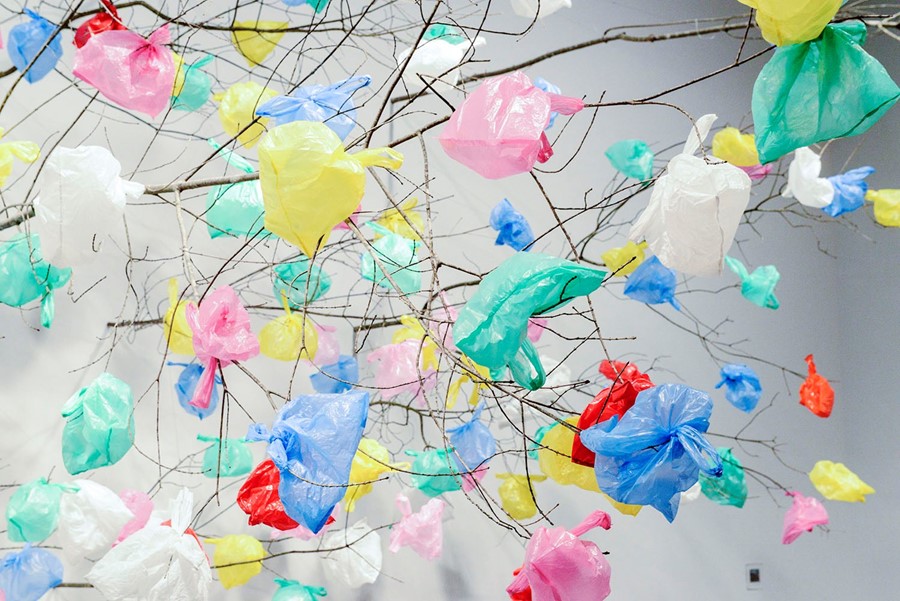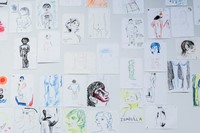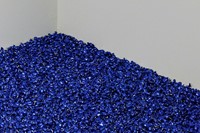As Art Basel closes for another year, we look back on the lessons we learned from the 2015 installment
For one week every June, the entire art world turns its face to the idyllic Swiss city of Basel for the extravaganza that is Art Basel, one of the world's most lauded art fairs. This year the event celebrated its 46th anniversary and, with 283 participating galleries and booming sales figures, one of its biggest years yet. Here, after a week of Basel immersion, we bring you the top five lessons we took away from the 2015 edition, alongside visual artist Namsa Leuba's evocative photographic highlights.

1. Interaction is fun
Opportunities to immerse oneself in the art at this year's fair were rife. Indeed, the first thing visitors to Art Basel 2015 encountered was a vast food installation – contained within a bamboo structure outside the main entrance and surrounded by herb beds – by artist Rirkrit Tiravanija, architects Nikolaus Hirsch and Michel Müller and chef Antto Melasniemi. Visitors were invited to take part in the cooking and the eating of a Thai curry, made using the herbs grown in the square, and encouraged to wash up their own dishes afterwards in what was an extension of Tiravanija and Kamin Lertchaiprasert’s self-sustaining artistic community "the land" in Chiang Mai. For something sweet, there was Felix Gonzalez-Torres' installation, an exploration of placebo that prompted viewers to take a hard-boiled sweet from a glistening blue sea of wrapped candies.
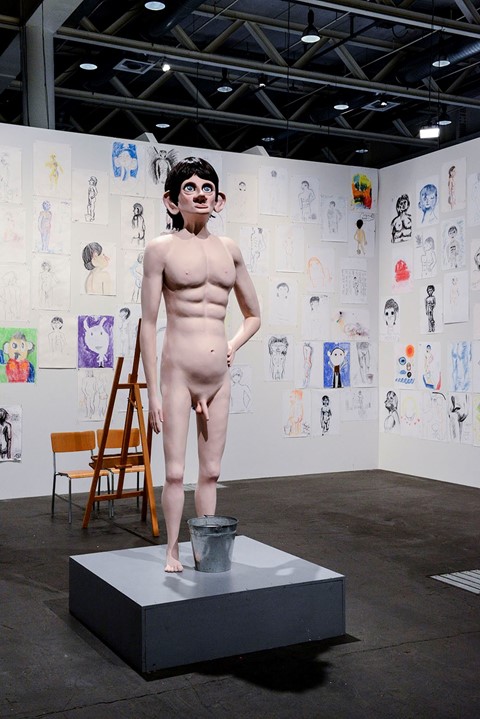
David Shrigley allowed visitors to create their own art with an amusing life drawing class installation – the model for which was a towering, Pinocchio-esque figure who blinked and urinated into a bucket at various intervals. Participants were provided with paper, easels and drawing materials of their choice and a select number of works were picked for display on the surrounding walls. Meanwhile thirsty art fanatics could take their pick of refreshments courtesy of Brazilian art collective Opavivará! – who provided hammocks and tea-making ingredients, and colour coded alcoholic beverages on tap – and Catalan artist Daniel Steegmann Mangrané whose Orange Oranges 2 offered passers-by the chance to squeeze their own juice in a tent glazed with orange photographic filter.
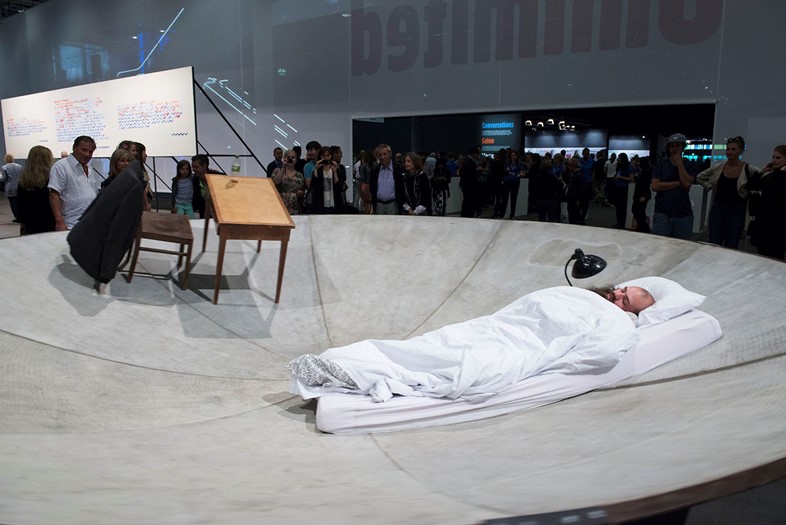
2. Artists are embracing their egos
Art fairs tend to be more about the buyers and the gallerists than the artists themselves. Yet amid the commercial whirlwind surrounding the $3.4 billion worth of art on display at this year's Basel bonanza, artists were still keen to assert themselves. A prime example was Julius von Bismark whose installation Egocentric System saw the German artist revolving in a concrete bowl for hours at a time, with only a desk, mattress and phone for company, "spellbound by a post-Galilean view of the world and self." Elsewhere, flagrant exhibitionist and self-promoter Takashi Murakami had tongues wagging during the fair's preview thanks to his entourage of geishas who travelled to the city from Japan to celebrate the artist's new series of paintings.
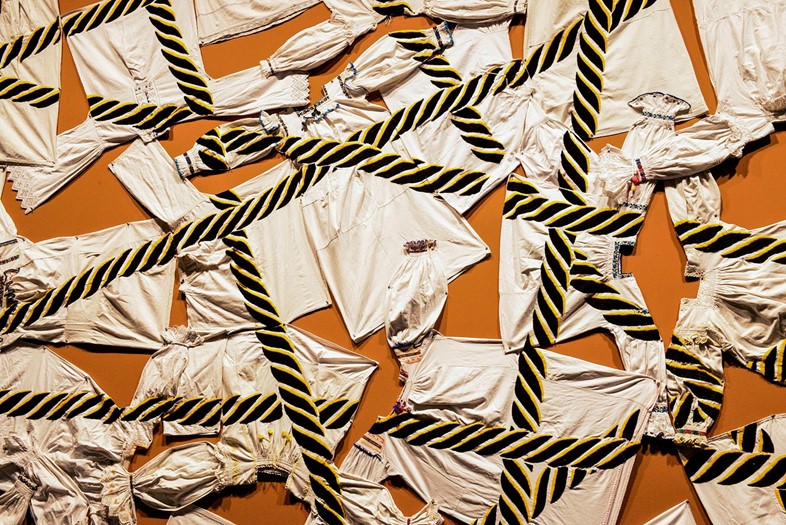
3. Sometimes more is more
Many of the most engrossing artworks at Art Basel were those that exploited repetition and excess. Most of these were to be found in the fair's vast Unlimited section – "a platform for projects that transcend the limitations of a classical art-show stand" often owing to their size or use of materials. Upon entrance, viewers were confronted by Ai Weiwei's renowned piece Stacked, which sees 760 identical bicycles piled high in metal towers. Cameroonian artist Pascale Marthine Tayou, whose work is characterised by an aesthetic of accumulation, captured our attention with his installation of trees protruding from a wall, their bare branches sprouting multicoloured plastic bags in a powerful meditation on man's relationship with nature.
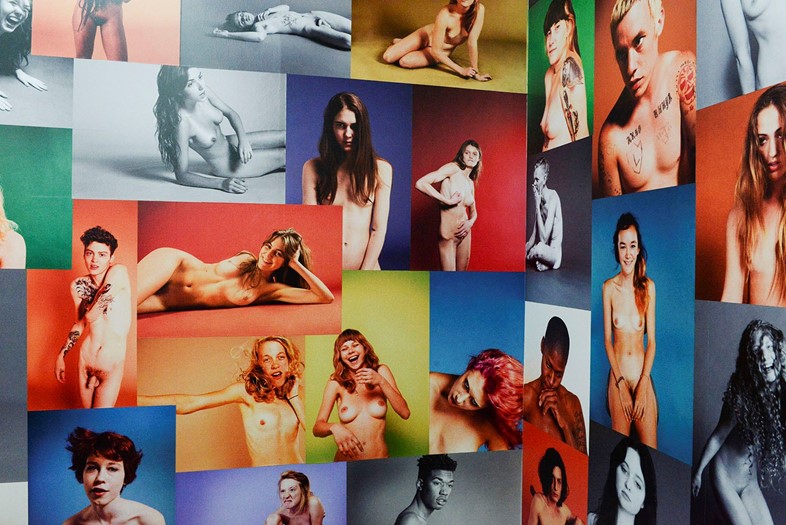
Then there was Anthroposynaptic by Romanian artist Mircea Cantor, a beautiful yet somehow unsettling array of white cotton shirts and gowns pinned down by yellow and black striped sashes resembling security tape. Artist and designer Hubert Le Gall created a poetic twelve-piece sculpture installation for champagne house Ruinart, each sparkling, Murano glass piece representing a stage in the champagne making process. While for Ryan McGinley fans, the photographer's Yearbook booth was covered ceiling to floor with vibrant and vivacious images of nude figures.

4. Old favourites never go out of fashion
One of the best things about famous art fairs is the chance to find pieces by old favourites, as well as discovering new ones. In Unlimited, we particularly enjoyed perusing Dan Flavin's multicoloured lightscapes, which drew us in like dazed moths, and losing ourselves amid Jim Lambie's playful mirrored ladders. While a lengthy stroll around the main exhibition spaces left us hankering after Jeff Koonses, Olafur Eliassons and Franz Wests, not to mention Egon Schieles, Emil Noldes and Käthe Kollwitzs. Oh, to be Leonardo DiCaprio (another regular fixture at Art Basel).
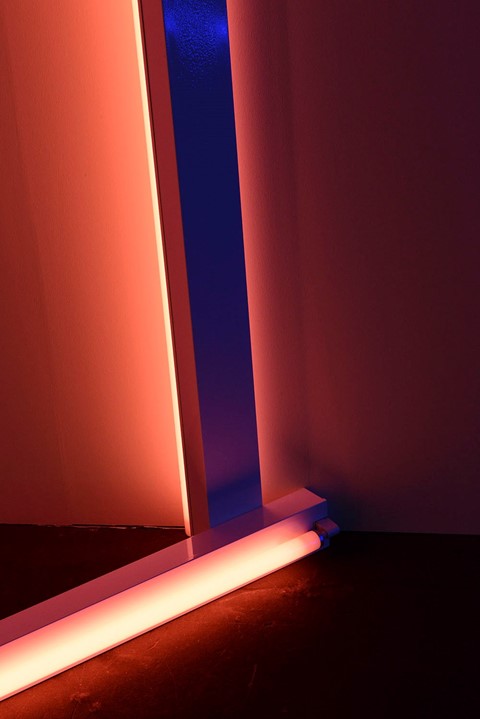
5. There's lots to do outside the main fair
Last but not least, if you pay a visit to Art Basel, we strongly recommend taking time to explore the elements surrounding the fair as well as discovering the joys of Basel itself. The celebrated Fondation Beyeler on the city's outskirts is a must. The Renzo Piano designed building sits in the beautiful grounds of the Villa Berower estate and houses the marvellous collection of Ernst Beyeler. Currently on display is an exhibition of Gauguin's late work defined by swoon-inducing colour palettes and elementary forms, as well as Marlene Dumas' The Image as Burden fresh from its stint at the Tate Modern.
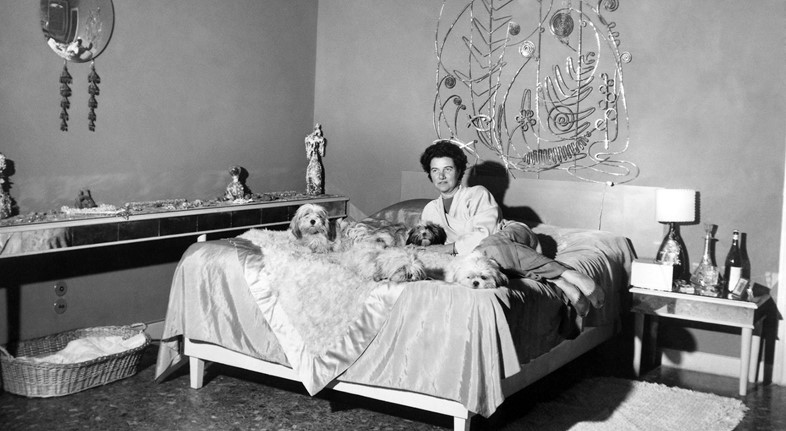
Meanwhile the fair's curated film sector provided us with the joyous opportunity of previewing Lisa Immordino-Vreeland's new documentary, Peggy Guggenheim: Art Addict, an enlightening portrait of the idiosyncratic art patron. Parcours is another sector of Art Basel that's not to be missed, its aim to "engage Basel’s past and present by weaving artistic interventions into the fabric of the specific location each edition inhabits." This year's site was the city’s iconic cathedral and its surrounding square in Basel's Old Town. Highlights included Ugo Rondinone's towering sculpture The Gracious, which formed the centrepiece of the square and a surreal laser light and sound night performance by Edwin van der Heide, which saw the sky virtually tumble around astounded watchers.
